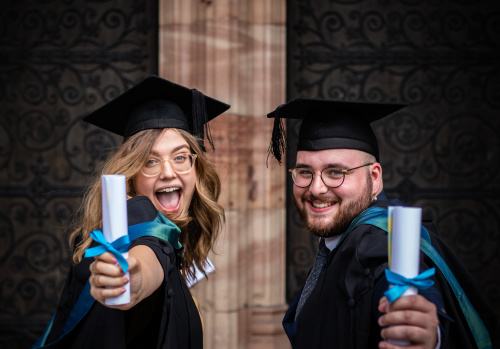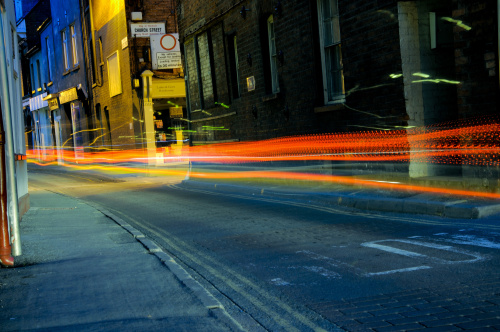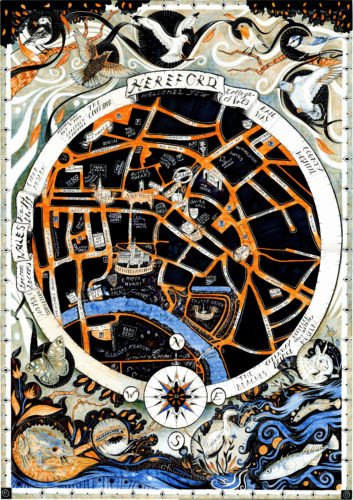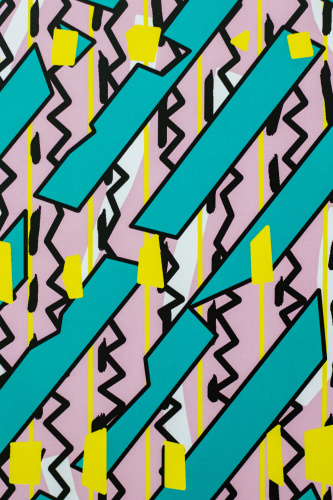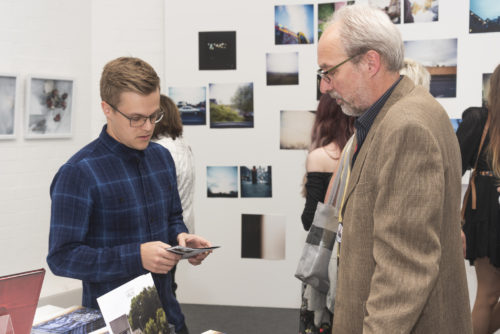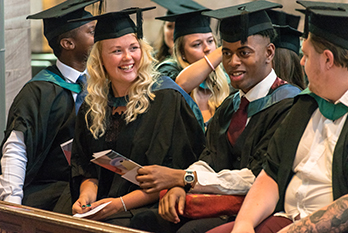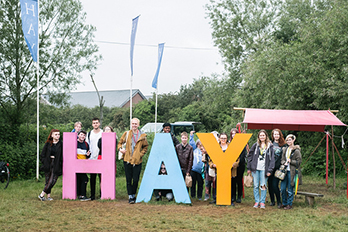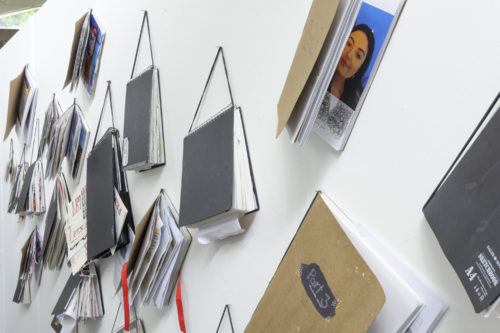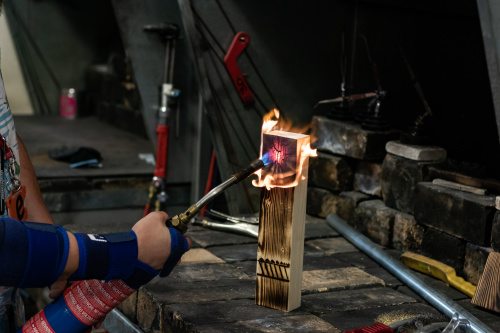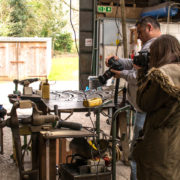Espace Digital Dance Conference – Coventry University
Published on 21.03.16
Welcome to our first guest blog! Huge thanks to Gillian Hipp for sharing her conference experience with us. Gillian is a lecturer in Performing Arts (dance and movement) here at HCA. She is also a choreographer for Aerial Dance Hereford. I spent last Wednesday at Coventry University attending the Espace Digital Dance Conference We were
Categories
Welcome to our first guest blog! Huge thanks to Gillian Hipp for sharing her conference experience with us. Gillian is a lecturer in Performing Arts (dance and movement) here at HCA. She is also a choreographer for Aerial Dance Hereford.
I spent last Wednesday at Coventry University attending the Espace Digital Dance Conference

We were introduced to and got to use ProDance, a dance annotation software, which is still being developed.
The idea is a simple one…captured video footage (either live or prerecorded) is loaded into the software and then it is very easy to annotate the video with marks, drawing or typing.
I felt that the application would have many uses to my own practice, both as a teacher, as well as a choreographer
- In Choreographic/ performance work: choreographer/ director can mark areas of development straight on the video footage to give specific feedback to performers
- Student personal portfolios – ideal as a way for students to directly annotate into the video footage to make reflective comments and notes
- A tool to give Students feedback on practical work with direct reference to the moment during the performance
- Document the rehearsal process, with comments and thoughts throughout
- Evidence of rehearsal process and of feedback given to students
- Analysis of performance material, with quick find marking system making it easy to jump from one comment to the next, rather than scanning through the whole video footage
- Easy way to include grading criteria and decisions into video footage
I could also see how this tool could be used in collaborative work, especially where performers, directors, musicians etc. don’t manage to meet in a rehearsal space all at the same time. Through annotating and sharing of the video footage the development stage of the process can be taken into the virtual space.
After lunch we were introduced to the second digital dance tool, funded and created by E-Space. My first impression was that it was not a tool that should be limited to dance alone.
Dancespace is an online tool to create stories using preloaded video footage as well as footage uploaded directly by the user. At the moment the pre-loaded footage is dance-based, however there is no reason why the footage could not be non-dance based. For Coventry University it was a tool to get non-dancers to think about how dance could be incorporated into stories, for example a personal video of a holiday in Paris, with already uploaded dance footage taken in Paris woven into the mix.
This may be a tool of interest to other course areas within HCA, as well as a platform for individuals to use to promote their video/ photography/ art work.
dancespace.in-two.com is the website, which appears fairly easy to navigate if anyone would like to take a look.
Collaborative Research Opportunity: call to collaborate across course areas:
If you are interested in how movement can be transferred into data that then can be used to create in a different medium, eg. paper, digital imagery, et, then have a look at the two following websites:
http://www.europeana-space.eu/
http://synchronousobjects.osu.edu/
This could present us with a wonderful opportunity for cross-college collaboration. If you are interested, please get in touch with G.Hipp@hca.ac.uk or S.Crowson@hca.ac.uk
